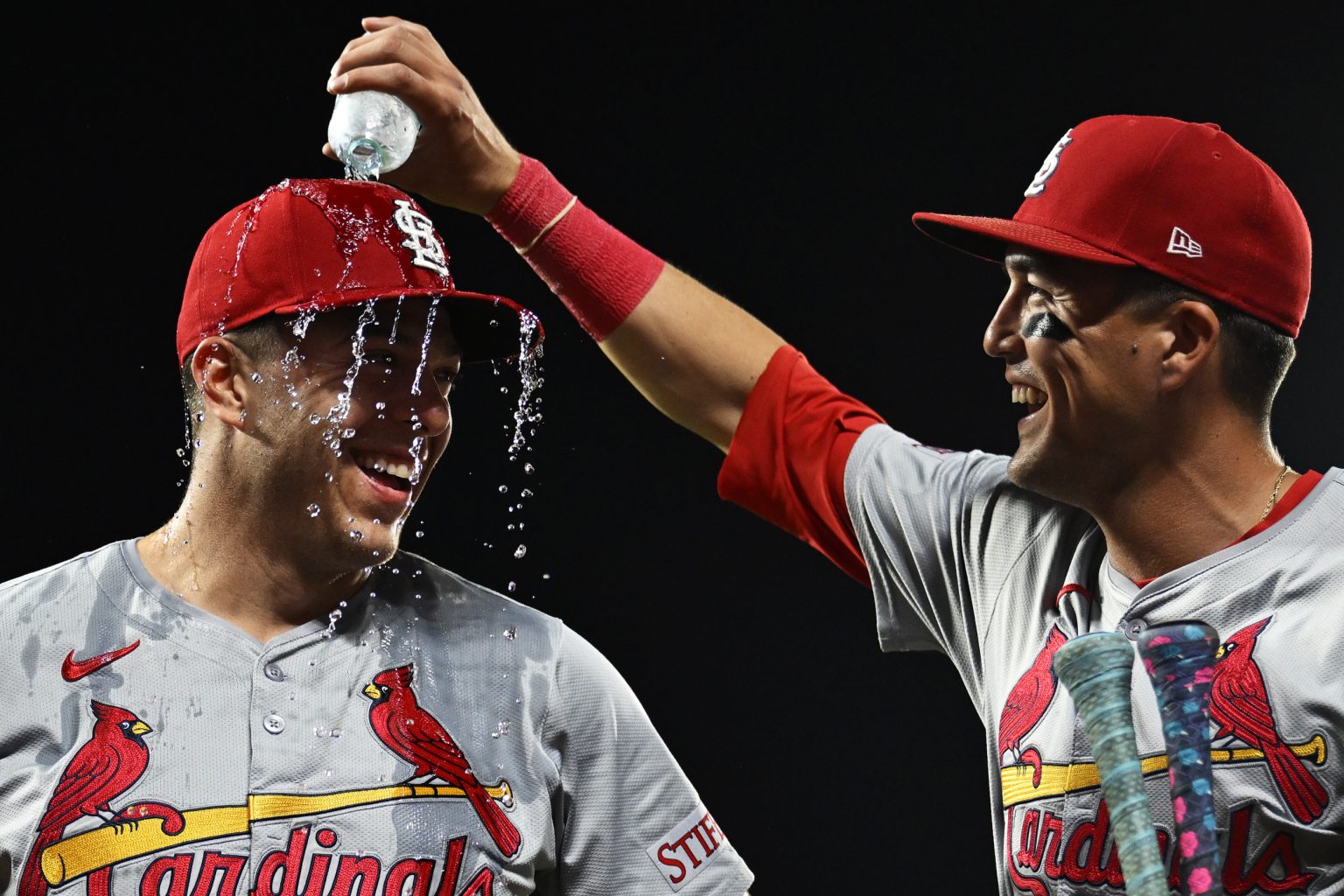The St. Louis Cardinals face a strategic decision regarding their star closer, Ryan Helsley, a dominant force in the 2024 season who led the league with 49 saves and posted an impressive 2.04 ERA across 62 games. Helsley’s performance earned him ninth place in the Cy Young voting and cemented his status as a highly valuable asset. However, with the Cardinals seemingly in a rebuilding phase, the question of whether to retain Helsley or capitalize on his trade value has become a central point of discussion. Trading him before the 2025 season, potentially after top free agent closers like Tanner Scott sign elsewhere, could yield a significant return, bolstering the Cardinals’ rebuilding efforts.
John Stolnis, of SBNation, argues that trading Helsley is the optimal strategy for the Cardinals. He compares Helsley’s situation to that of Framber Valdez, another highly sought-after player who could become a free agent. Stolnis emphasizes that Helsley’s value as a trade chip outweighs his on-field contributions for a team focused on future development. He highlights Helsley’s consistent dominance over the past three seasons, showcasing a remarkable 1.83 ERA, a testament to his ability to secure crucial wins. Stolnis suggests that for teams contending for championships, Helsley presents an even more compelling acquisition than Devin Williams, another prominent closer who was traded to the New York Yankees earlier in the offseason.
The timing of a potential Helsley trade is critical. Stolnis suggests that after the top free agent closers sign, the demand for a proven closer like Helsley will surge, driving up his trade value. This would create an ideal scenario for the Cardinals to maximize their return. Currently, Cardinals General Manager John Mozeliak appears inclined to retain Helsley. However, the compelling arguments for trading him, coupled with the potential for a rich return, suggest that a change in strategy could be on the horizon.
The Cardinals’ decision hinges on balancing the immediate benefits of retaining a top-tier closer against the long-term gains of acquiring valuable prospects or established players through a trade. While Helsley’s presence undoubtedly strengthens the bullpen, the Cardinals’ current trajectory suggests a focus on rebuilding. Trading Helsley could provide the necessary resources to accelerate this process. By acquiring young talent or filling other roster gaps, the Cardinals could lay the foundation for sustained future success.
The comparison to the Devin Williams trade underscores the potential value of a Helsley deal. Williams, a highly regarded closer, fetched a substantial return for the Milwaukee Brewers. Given Helsley’s superior performance in recent years, the Cardinals could reasonably expect an even greater return. This influx of talent could significantly reshape the team’s future, providing the building blocks for a return to contention. The decision ultimately boils down to prioritizing short-term competitiveness versus long-term growth.
Ultimately, the Cardinals face a complex decision. Holding onto Helsley offers the immediate advantage of a dominant closer, a valuable asset for any team. However, the team’s current rebuilding phase suggests that maximizing long-term value should be the priority. Trading Helsley while his value is at its peak could provide the resources needed to reshape the roster and build a foundation for sustained success. The decision will likely hinge on the Cardinals’ assessment of their competitive timeline and the potential return offered in a trade. Waiting until the market for top free agent closers settles could further enhance Helsley’s trade value, allowing the Cardinals to capitalize on the scarcity of elite closers available.

